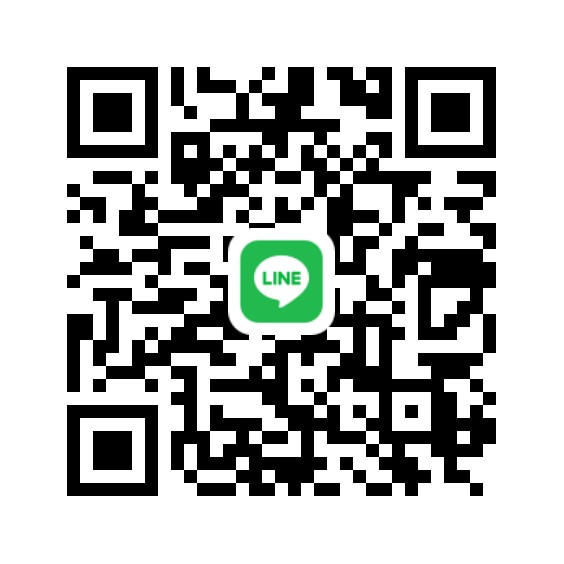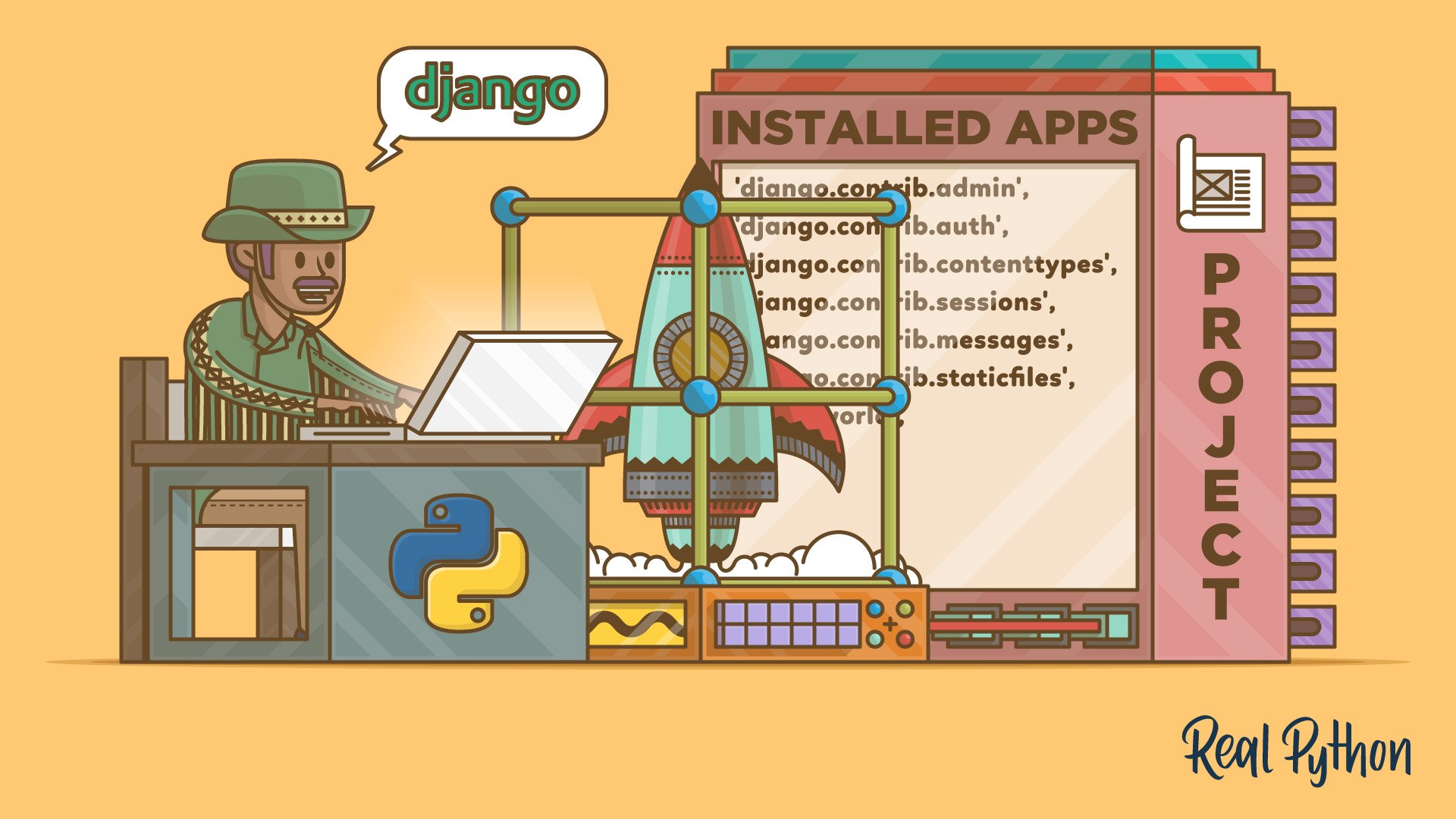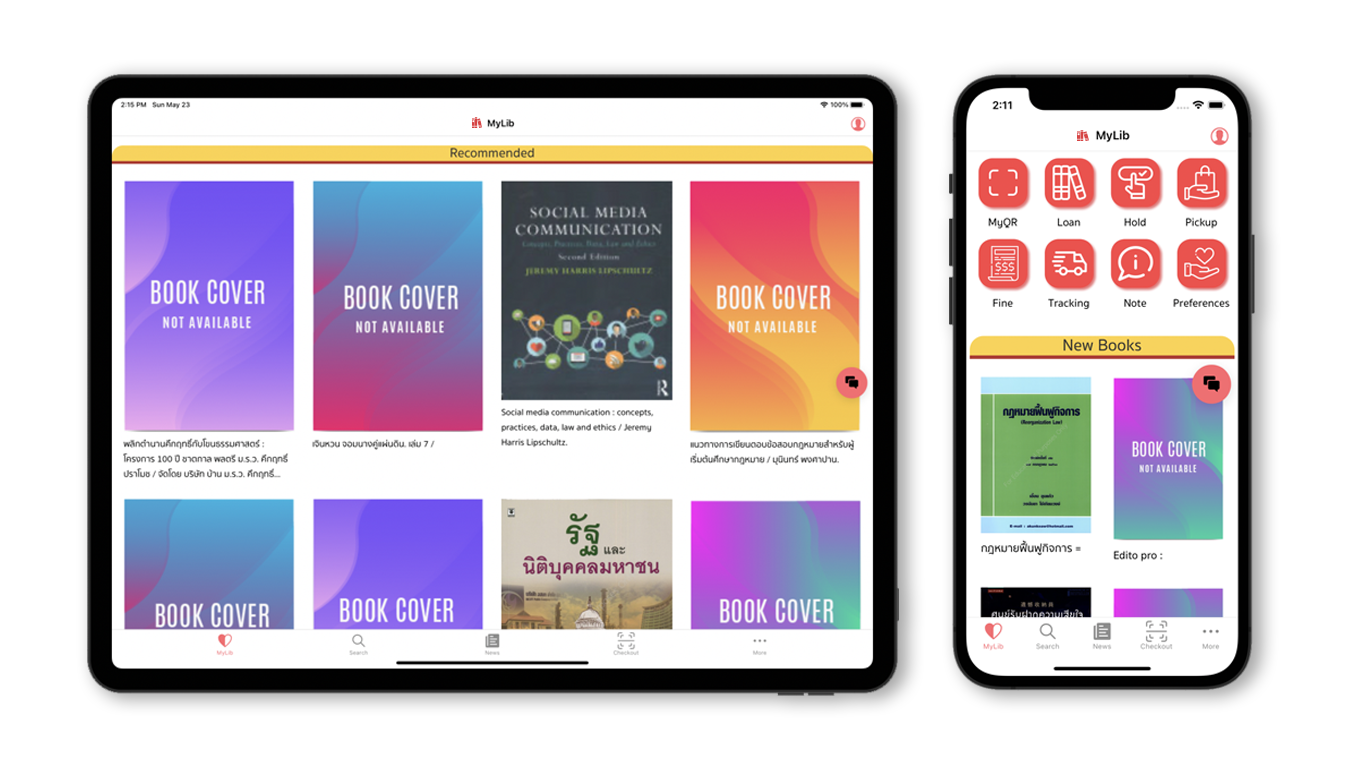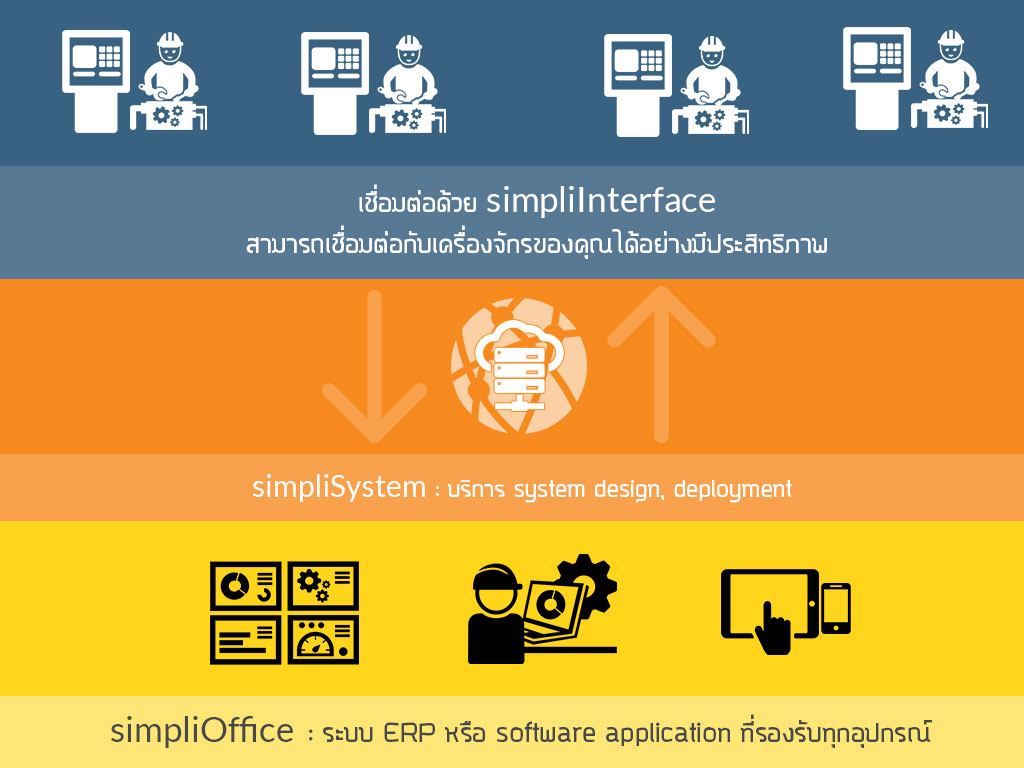How to Apply RAG Chatbot with LangChain + Ollama
In this post, you'll learn how to build a powerful RAG (Retrieval-Augmented Generation) chatbot using LangChain and Ollama. We'll also show the full flow of how to add documents into your agent dynamically!
Let's go step-by-step.
What is RAG Chatbot?
RAG stands for Retrieval-Augmented Generation. Instead of a chatbot replying only from what it "knows" internally, it first retrieves relevant documents and then generates an intelligent, customized answer.
This approach makes your chatbot:
- More accurate
- Up-to-date with external knowledge
- Better at answering domain-specific questions
Tools We'll Use
- LangChain: Framework for chaining LLMs with retrieval, tools, agents.
- Ollama: Local LLM runner (models like
Mistral,Llama3, etc.). - FAISS: Local vector search for fast document retrieval.
Step 1: Setup
First, install the libraries:
pip install langchain ollama faiss-cpuMake sure you have Ollama installed and running:
- https://ollama.com/
- Download a model (example:
mistral,llama3,phi3, etc.)
Step 2: Basic RAG Chatbot Code
from langchain_community.embeddings import OllamaEmbeddings
from langchain_community.llms import Ollama
from langchain.vectorstores import FAISS
from langchain.chains import RetrievalQA
from langchain.text_splitter import CharacterTextSplitter
from langchain.docstore.document import Document
# 1. Documents
my_docs = [
Document(page_content="Python is a programming language created by Guido van Rossum."),
Document(page_content="LangChain helps build applications powered by language models."),
Document(page_content="The capital of Thailand is Bangkok."),
]
# 2. Split Documents
splitter = CharacterTextSplitter(chunk_size=500, chunk_overlap=50)
split_docs = splitter.split_documents(my_docs)
# 3. Embedding
embedder = OllamaEmbeddings(model="nomic-embed-text")
# 4. FAISS Vector Store
vectorstore = FAISS.from_documents(split_docs, embedder)
# 5. Retriever
retriever = vectorstore.as_retriever()
# 6. LLM (Ollama)
llm = Ollama(model="mistral")
# 7. RetrievalQA Chain
rag_chain = RetrievalQA.from_chain_type(
llm=llm,
chain_type="stuff",
retriever=retriever,
return_source_documents=True
)
# 8. Ask a Question
query = "Who created Python?"
result = rag_chain({"query": query})
print("Answer:", result["result"])
print("Sources:", result["source_documents"])Step 3: Add New Documents to Your Agent
You can dynamically add documents to your chatbot without restarting everything.
Here is the conceptual workflow in Mermaid.js:
graph TD
A[User Uploads New Document] --> B[Split into Chunks]
B --> C[Embed Chunks]
C --> D[Add Embeddings to Vectorstore]
D --> E[Retriever Automatically Updated]
E --> F[Chatbot Now Uses New Knowledge]Python Code to Add New Document:
# Suppose you get a new document
new_doc = Document(page_content="Django is a popular Python web framework.")
# 1. Split
new_splits = splitter.split_documents([new_doc])
# 2. Embed
new_vectors = embedder.embed_documents([doc.page_content for doc in new_splits])
# 3. Add to FAISS
vectorstore.add_documents(new_splits)
# Now your retriever has fresh knowledge instantly!Conclusion
Building a RAG chatbot with LangChain + Ollama is powerful and flexible. You can:
- Control your own models (no external APIs)
- Add new knowledge live
- Build super domain-specific chatbots
In production, you can scale this by connecting to:
- PDF loaders
- Website scrapers
- Database retrievers
The future is open-source, private, and customizable.
Stay tuned for Part 2 where we'll make the chatbot stream responses and keep conversation memory! 🚀
Get in Touch with us
Related Posts
- 2025 年失败的产品 —— 真正的原因是什么?
- The Biggest Product Failures of 2025 — And the Real Reason They Failed
- Agentic AI Explained: Manus vs OpenAI vs Google —— 中国企业的实践选择
- Agentic AI Explained: Manus vs OpenAI vs Google — What Enterprises Really Need
- AI驱动的医院信息系统纵向整合(Vertical Integration)
- How AI Enables Vertical Integration of Hospital Systems
- 工业AI系统中的AI加速器 为什么“软件框架”比“芯片性能”更重要
- AI Accelerators in Industrial AI Systems: Why Software Frameworks Matter More Than Chips
- 面向中国企业的系统开发:以 AI + 工作流安全集成电商与 ERP
- Global-Ready System Development for EC–ERP Integration with AI & Workflow
- 不可靠的“智能”系统所隐藏的真实成本
- The Hidden Cost of ‘Smart’ Systems That Don’t Work Reliably
- GPU vs LPU vs TPU:如何选择合适的 AI 加速器
- GPU vs LPU vs TPU: Choosing the Right AI Accelerator
- 什么是 LPU?面向中国企业的实践性解析与应用场景
- What Is an LPU? A Practical Introduction and Real‑World Applications
- 面向软件工程师的网络安全术语对照表
- Cybersecurity Terms Explained for Software Developers
- 现代网络安全监控与事件响应系统设计 基于 Wazuh、SOAR 与威胁情报的可落地架构实践
- Building a Modern Cybersecurity Monitoring & Response System. A Practical Architecture Using Wazuh, SOAR, and Threat Intelligence














